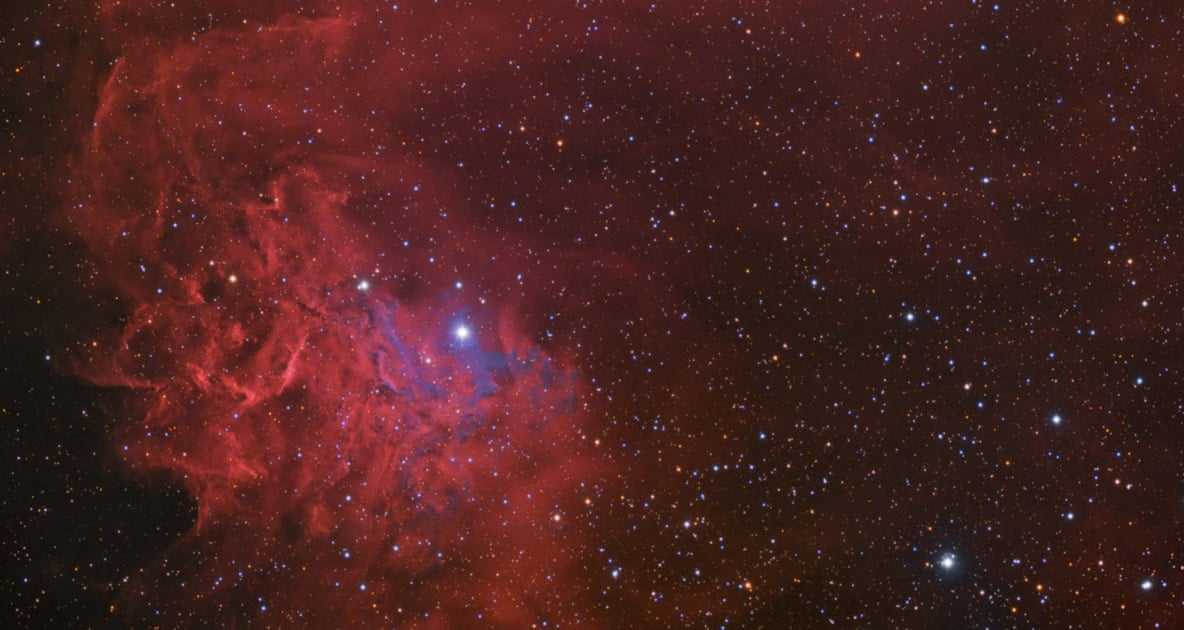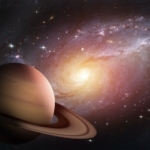What Is The Meaning Behind The Auriga Constellation?
Auriga, the Charioteer, is nearly overhead this week and is a star pattern with many meanings and legends. Learn more!

The Auriga constellation, the Charioteer, is nearly overhead this week, appearing as a pentagon of five stars. Start looking soon after nightfall and you will see the “She-Goat,” the brilliant golden-yellow star Capella in the constellation of Auriga. Auriga is a star pattern in which the old pictures and the meanings of the star names show a hopeless mixture of antique conceptions and meanings.
The Ancient Legends of Auriga
According to the most ancient legend, Auriga was a goat herder and the patron of shepherds and all who tend flocks. Yet, the Greeks and Roman made him a famed trainer of horses and the inventor of the four-horse chariot. The confusion in concepts is reflected in the ancient allegorical pictures and star names.
Auriga is represented holding a whip in one hand in deference to the Charioteer story, but in the other arm next to Capella are three tiny stars, known as The Kids. The Kids star known as Epsilon Aurigae is unusual in that it has a thick cloud of dust slowly revolving around it and at intervals of 27-years, the cloud passes in front of Epsilon, noticeably dimming its light. The last such “eclipse” was in 2009, so we’ll have to wait until the year 2036 for Epsilon to dim down again.
The Auriga constellation’s southernmost star El Nath, is actually shared with Taurus, the Bull. El Nath goes by the name Beta Tauri when it is considered as the tip of one of the Bull’s horns. Yet it also goes as Gamma Aurigae, marking the heel of the Charioteer. Just east of El Nath is that point on the Galactic Equator that lies directly opposite to the center of our galaxy. When we look at this region we see the sparsely settled suburbs of our city of stars.
It’s interesting to note that Capella is really a multiple star system. A smaller star orbits just 70 million miles from Capella in 104 days, while two tiny companion stars orbit the main pair nearly a trillion miles away. A scale model of this system would show the main pair as two globes 13 and 7 inches in diameter and ten feet apart, while the two tiny companions would each be 0.7 inch in diameter, 420 feet apart, and 21 miles from the main pair!

Joe Rao
Joe Rao is an esteemed astronomer who writes for Space.com, Sky & Telescope, and Natural History Magazine. Mr. Rao is a regular contributor to the Farmers' Almanacand serves as an associate lecturer for the Hayden Planetarium in New York City.





